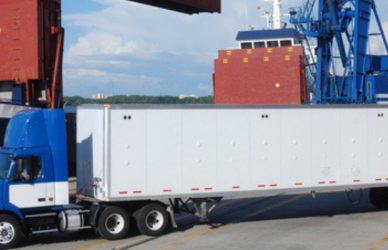Creating a safety-centric culture within any organization is crucial for promoting employee well-being, increasing productivity, and reducing accidents. While it may seem like a daunting task, implementing a safety-oriented mindset can lead to a more efficient and successful workplace. In this article, we’ll explore practical steps to develop a safety-centric culture that fosters employee engagement and promotes long-term success.
- Lead by Example
Establishing a safety-centric culture begins with leadership. Company leaders must demonstrate a strong commitment to safety in their actions and decisions. When employees witness management actively prioritizing safety, they are more likely to follow suit. Encourage open communication, create safety-focused policies, and provide the necessary resources to support this initiative.
- Employee Training and Education
Well-informed employees are the backbone of a safety-conscious culture. Offer comprehensive training programs that encompass safety protocols, potential hazards, and emergency procedures. Regularly update training modules to keep employees informed about the latest safety practices and regulations. Additionally, empowering employees to identify and report safety concerns is crucial in maintaining a safe work environment.
- Hazard Identification and Risk Assessment
Conduct regular hazard identification and risk assessment exercises to pinpoint potential safety threats within the workplace. Encourage employees to actively participate in these assessments, as they are the ones working in the environment daily and can provide valuable insights. Address identified risks promptly and communicate any necessary changes to the workforce.
- Foster Safety Accountability
Create a sense of ownership and accountability among employees when it comes to safety. Encourage them to look out for their colleagues and correct unsafe behaviors in a respectful manner. Recognize and reward employees who exemplify outstanding safety practices, fostering a culture where safety is seen as a shared responsibility.
- Communication and Feedback
Effective communication is paramount to the success of a safety-centric culture. Implement regular safety meetings, where employees can voice their concerns and suggest improvements. Actively listen to their feedback and take necessary actions promptly. Keeping the lines of communication open and transparent instills trust and confidence in the safety program.
- Continuous Improvement
A safety-centric culture is not static; it must continuously evolve and improve. Regularly review safety policies and procedures to ensure they align with industry best practices and regulations. Solicit feedback from employees and seek ways to enhance the safety program continually. Encourage innovation in safety practices and reward creative solutions.
- Embrace Technology
Incorporating technology into your safety initiatives can significantly enhance their effectiveness. Utilize safety management software to streamline incident reporting, track safety performance metrics, and analyze trends. Embrace digital training platforms to deliver engaging and accessible safety modules to employees.
- Celebrate Safety Success
Recognize and celebrate safety milestones and accomplishments. Acknowledge departments or teams that have shown exemplary safety records or significant safety improvements. Celebratory events and rewards boost employee morale and reinforce the importance of safety in the workplace.
Developing a safety-centric culture requires dedication, consistency, and collaboration from all levels of the organization. By implementing these tips, you can create a workplace where safety is at the core of every action. With an unwavering commitment to safety, your organization can flourish with a workforce that feels protected, valued, and motivated to strive for excellence.











